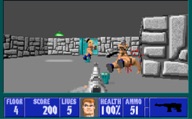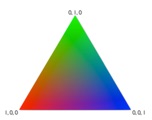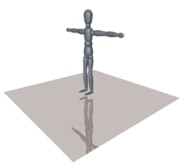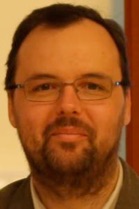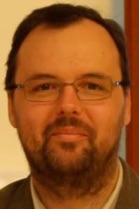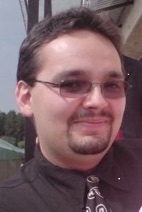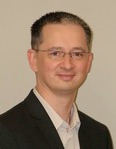Download

Knowledge Transfer Architectures - 2.0 Experiences with V-Learning in Mathematics
Over the long run, video-based teaching technologies have finally managed to breathe new life in several well-established forms of knowledge transfer, however they still represent a challenge, moreover a content dependent challenge, for the designer of the learning process. An e-didactic analysis of the relationship “Knowledge Architecture + Learning Design = Learning Experience” (KA+LD=LE) reveals that web 2.0 and multimedia tools linked to the replayed live presentation change the linear structure of knowledge assimilation from an e-didactic point-of-view, in spite of the fixed nature of the video-stream. This raises the question of when and to what extent the subject matter demands the “bound guidance” of attention and the control of understanding. This control, and the guidance of attention bound to the train of thought, often conflict with the learning practices of the digital generation within fields of study like mathematics that have deep and far reaching didactic traditions.
In our experiment we used the learning environment of the LSI Video Architecture (LVA: http://www.lsi.hu/e- learning/e-learning-tananyagfejlesztes/lva) to investigate whether mathematical lectures instrumentally require ‘board and chalk’ on account of the internal structure of the knowledge to be transferred, and/or the train of thought of the lecturer. We also wanted to see what student preferences surface at various levels of understanding. What options are there to keep up the students’ interest in a video-based learning environment for those who are in the worst situation? What tools may support, and substitute for the guidance of thought so hugely important in a face-to-face setting? What are the technical and didactic that support the student in the event of a loss of the ’thread’, so critical from the point of view of understanding? Reflecting on the possibilities of a new v-learning solution (VIDRATM), and the latest instructional-technology innovations of the market we outline what sort of web 2.0 related tools are capable of replacing, and what didactic elements may supplement direct communication, and how, with the transformation of the learning environment, could traditional learning processes also transform along the KA+LP = LE relationship.
Authors:
-
1.Mr. András Benedek, Hungarian Academy of Science, Research Center for the Humanities benedek@webmail.phil-inst.hu
-
2.Ms. Judit T. Nagy, EDUTUS College Economics and Methodology Department tnagy.judit@edutus.hu

Language learning in multimedia context
In this article I deal with the efficiency of multimedia teaching programs, analyzing possibilities for their improvement in the field of language teaching. This research has been carried out with the use of the latest technologies, language teaching software, internet based language teaching applications, digital dictionaries, online content, and the latest results from the field of computational linguistics. The goal of my research is to create a general model that serves and supports various kinds of approaches to improving efficiency; I cannot attempt to present a complete, detailed analytical review due to the complexity and size of this topic. However, my opinion is that by considering and understanding the theoretical aspects of the subject, and supported by certain important ideas, we will be able to achieve remarkable improvements in the field of learning efficiency and knowledge retention in the language teaching and learning process that might lead to outstanding results.
Abstract

Is necessary to teach 3D Design and Engineering Software for Engineering Students or the Knowledge of these Software are Required Skills
Abstract
Authors:
-
1.Mr. Gergely Attila Sik, Budapest University of Technology and Economics, Budapest sikgeri@gmail.com
-
2.Mrs. Cecília Sik Lányi, University of Pannonia, Veszprém lanyi@almos.uni-pannon.hu
Abstract:
Download

Download


Nowadays, the knowledge of the 3D design and engineering software are indispensable for all kind of engineering however, we can see, that trough the training of engineers is not always important. At the most of the educational institutions to teach these software are contained in the optional subject, but the knowledge of these would be needed much more earlier for the students, to make their home- works. Therefore we asked the opinion of the students via internet about the necessity of teaching ArchiCAD and AutoCAD. The faculty of the students were: civil engineer, mechanical engineer, architecture and transportation engineering.
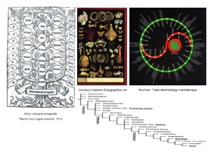
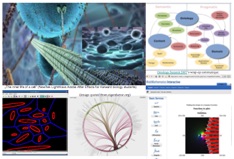


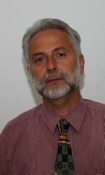
Authors:
-
1.Mr. László T. Nagy, University of Debrecen, ITDI ltnagy@freemail.hu
-
2.Ms. Ágnes Stóka, University of Debrecen, ITDI stokaagi@gmail.com
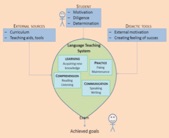
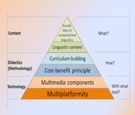
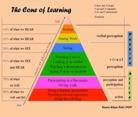
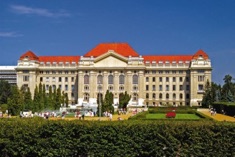

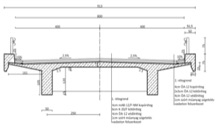
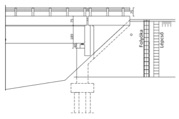



Development of Mobile Applications - GDF Mobilinfo
Download


Abstract
Authors:
-
1.Mr. Sándor Kaczur, Dennis Gábor College, Budapest kaczur@gdf.hu
-
2.Mr. Miklós Kállai, Dennis Gábor College, Budapest kallai@gdf.hu
The article reviews the aspects of what we should consider during mobile application development. We pick out the suitable disci- ples/methods for mobile platforms from the basic approach of software development. We introduce a specific example that is capable of representing data related to course schedules, exams and con- sulting hours from the student-administration system of the institute for the students. The appli- cation came on Android and Windows Phone plat- forms, based on Windows WCF Service. We will introduce the application’s functions and share the experiences of the publications.

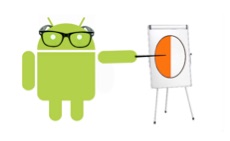
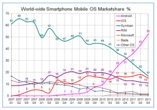
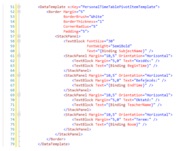


Variations on a theme - experience about a coding exercise of Software developer NQR exam
Download

Abstract
Author:
-
1.Mr. Sándor Kaczur, Dennis Gábor College, Budapest kaczur@gdf.hu
Denomination of the 1144-06/1 exam exercise: Designing basics, developing basics, testing and documentation basics, basics of programming methods, programming. Related to 1144-06 module: Designing, developing and programming of systems and applications. In 2011 the author took part in the valuation of T 1144- 06/1/D-22 signed interactive worksheets handed in during the Software developer NQR exam. The article describes the variety of solutions of the coding exercise from different points of views, by using different data structures, algorithms, programming theorems, ideas and methods. The implementation is demonstrated by the Java programming language.

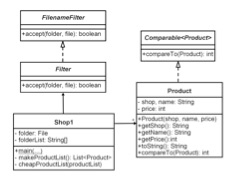



Hardware accelerated 3D/2D rendering
Download

Abstract
Authors:
-
1.Mr. Sándor Kaczur, Dennis Gábor College, Budapest kaczur@gdf.hu
-
2.Mr. Gergely Ágnecz, Dennis Gábor College, Budapest agnegerg@gmail.com
-
3.Mr. Rolnad Takács, Dennis Gábor College, Budapest rolland0208@hotmail.com
-
4.Mr. Norbert Zsolt Zentai, Dennis Gábor College, Budapest zenorbi@gmail.com
The main topic of the article is the hardware accelerated 3D/2D rendering, including some of the early techniques. We show what graphical library is (for example DirectX, OpenGL), what suitable/can be used are. Starting from the basic principles of operation through the fixed-pipeline and its features, limitations to the programmable-pipeline, how shaders work, how they get processed in low level. We mention about problems (for example transparency, reflections, shadows, non-solid objects (cloud/smoke ren- dering), and also tricks for faking things like how to make a simple 2D surface having depth with normal mapping and parallax mapping. Finally we present post processing activities (for example blur, bloom) and go over the limitations of the hardware using deferred shading.


